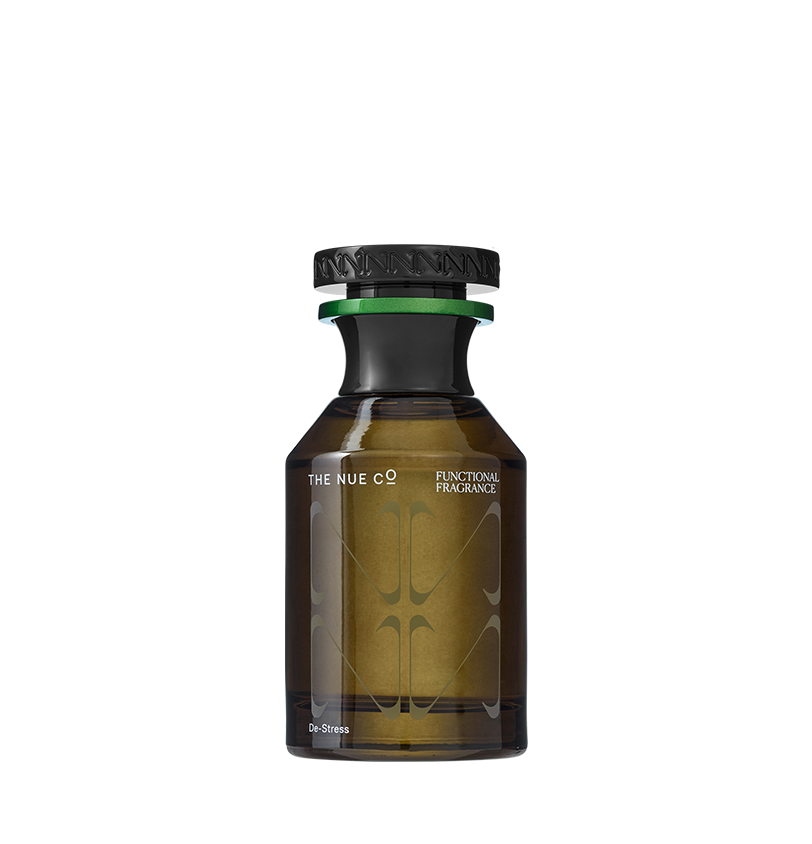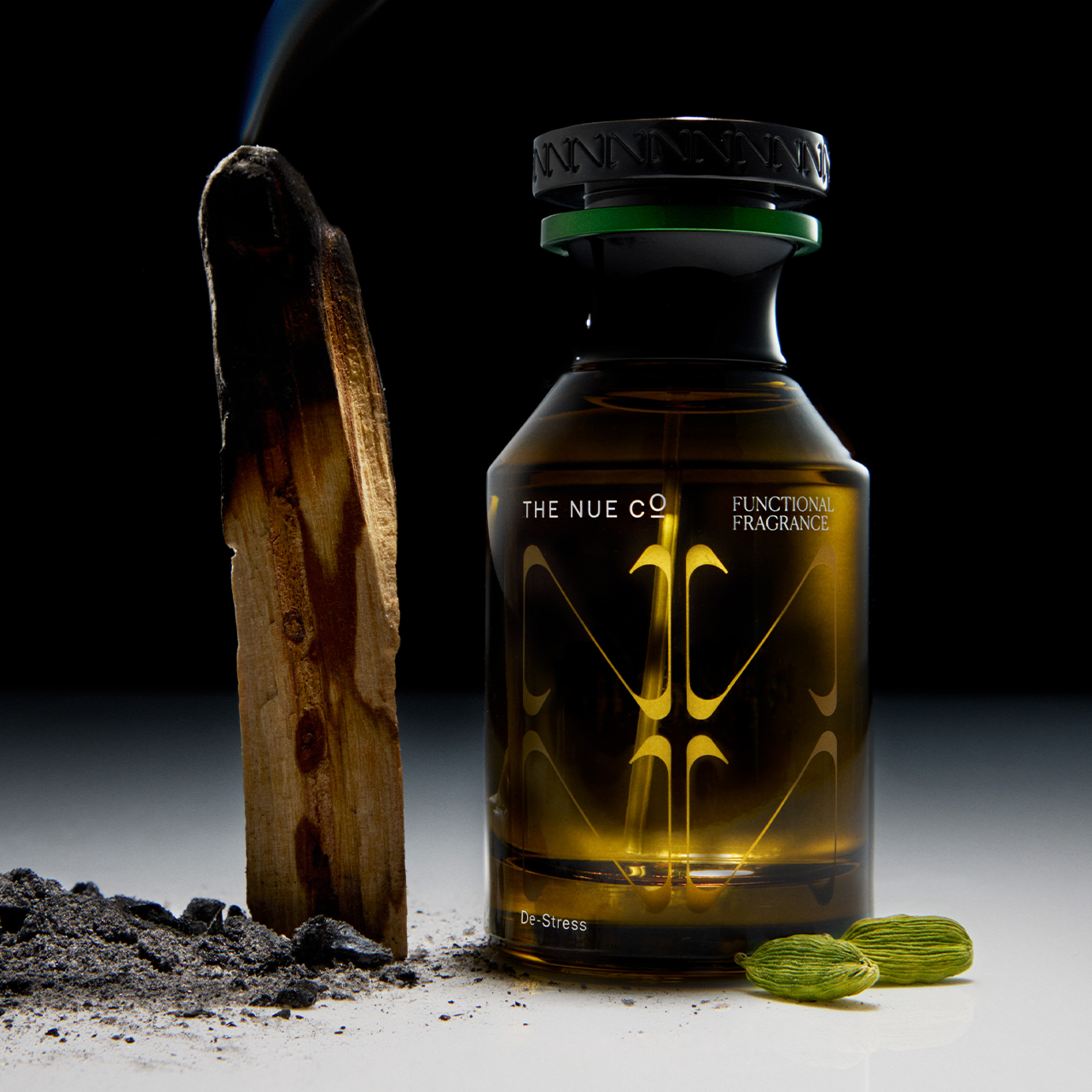Why The Scents Make Sense To Mental Health


There’s a powerful connection between cognitive function and the olfactory system; certain scents can elicit both physical and psychological reactions in the body. Aromatherapy’s benefits on stress, sleep and blood pressure have been widely studied, with one study finding that using lavender and grapefruit oils reduced stress by acting on the immune and autonomic nervous systems, while another found that inhaling rose water noticeably reduced the anxiety of patients undergoing hemodialysis for kidney failure.
Of the five senses, scent is the only one with a direct line to three of the most important areas of the brain: the orbitofrontal cortex, which signifies awareness; the hippocampus, which is linked to memory; and the amygdala, which helps us sort scents and is directly associated with our emotions and mood.
The process begins in the nose, where around 450 olfactory receptors detect odor and send signals to the brain for it to decipher. The information arrives at the olfactory bulb in the brain, which processes the signal and then passes information to other areas closely connected to it, collectively known as the limbic system. The limbic system comprises a set of structures within the brain that are regarded by scientists as playing a major role in controlling mood, memory, behavior and emotion.
The basis of research informing the notes in FUNCTIONAL FRAGRANCE come from a study run by Firmenich and the Brain & Behavior Laboratory at The University of Geneva which focused on neural imaging processes to review reactions to scent using the Geneva Odor & Emotion Scale (GEOS). The data identified the chemical reactions in the brain triggered by various scents. Researchers grouped fragrances into unified “families” (woody, floral, citrus and smoky) and found that each of these scent groups worked in a different way. For example, woody scents were associated with areas of the brain related to feelings of calm and relaxation, while citrus notes were found to be invigorating.
For the development of FUNCTIONAL FRAGRANCE, our perfumer Frank Voelkl worked exclusively with notes that act on neural pathways linked to feelings of calm and relaxation to lower cortisol levels. Here he breaks down the ingredients:
Cardomome Verte SFE: In this fragrance, cardamom is a very important ingredient. It’s also an ingredient that is personally very close to my heart. It’s this little seed that you use in cooking in Asian or Indian cuisine. It’s spicy and fresh at the same time—and very crisp. I’ve always loved to use it, but I grew even more attached to it after a trip to Guatemala. At Firmenich, we have a program called Naturals Together. It's a partnership initiative with producers of natural ingredients, like cardamom. I went to Guatemala for a week to visit with our main producer and I saw the whole process of extraction from start to finish. I met with the young women harvesting the seeds, I saw them dried, brokered, and eventually extracted into the essential oil used in this fragrance.
Bergamot: Bergamot is a citrus fruit from the south of Italy but you don’t eat it. What you use is the peel. It’s used in earl grey tea, so if you like that, you know bergamot. It’s a very fresh and floral universally appealing note.
Cilantro: This is another fresh spice, typically used in Asian cuisine. It has a little bit of an aldehydic effect, which means it’s a touch metallic. This adds what I call a ‘fresh vibration’ to the fragrance.
Myrrh Oil + Myrrhone: Myrrh oil is natural and has a warm, balsamic effect. Myrrhone is a special Firmenich molecule. I like to work with both, because the natural oil and the molecules have very different effects in a fragrance. Together they bring almost a slight mushroomy note—dry, woody, and almost a little iris-like.
Orris: Orris is something that I love to work with. It’s the root of iris flowers and you have to dry it out for seven years to develop it as a fragrance ingredient. It has a very strong scent. It’s earthy, powdery, not flowery at all. I used it to bring some texture into the fragrance.
Violet: This refers to the leaves of violet, not the flowers. They bring a green, almost cucumber-like scent.
Jasmine: Jasmine is a very beautiful white floral note that smells fruity and animalic. A part of it almost smells banana-like. It’s a little bit narcotic and intoxicating—a very beautiful and exotic note.
Cedarwood: Cedarwood oil is not so exotic, but it’s a very important ingredient. It’s mostly grown in Virginia. Just like a tree, it adds a nice spine to the fragrance. It builds the structure like a trunk.
Musk: The musk we use today is not animal musk; I’ve used special molecules that have a very warm, sensual, skin-like smell.
Palo Santo: Palo Santo is a wood from Latin America. In FUNCTIONAL FRAGRANCE it’s not an extract, but what we call a ‘nature print.’ Some natural ingredients cannot be extracted, so we have a methodology called HeadSpace, where you can analyze the scent and recreate it molecularly. When you place your nose over a rose, for example, natural molecules are diffused by the flower. It’s the same with a wood or with a spice. We captured those molecules from Palo Santo and recreated them in a lab. It’s creamy, a little spicy, and adds an interesting depth to the fragrance.
Ambrox: Ambrox is another molecule with roots in a natural, raw ingredient called Ambergris. Ambergris comes from the sperm whale originally: when they digest shellfish, they form a block in the stomach which is then ejected and floats on the ocean. Science has allowed us to synthesize that scent and transform it into a vegan molecule, with no animal origin.
Guaiacwood: Guaiacwood has a smoky, very warm smell. It adds warm richness to the fragrance.

